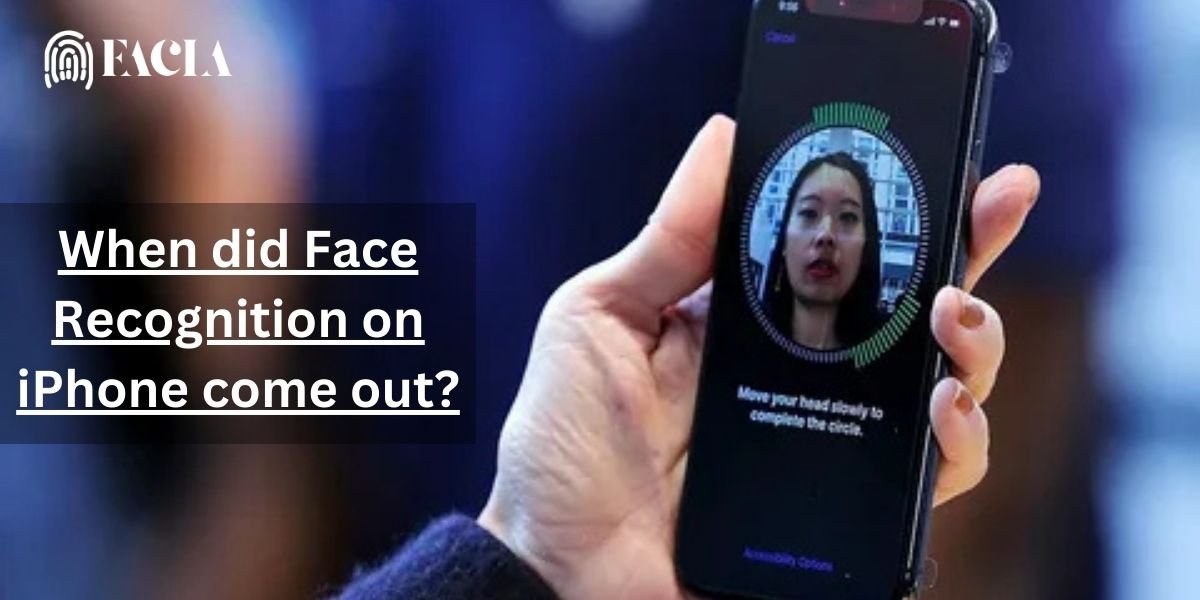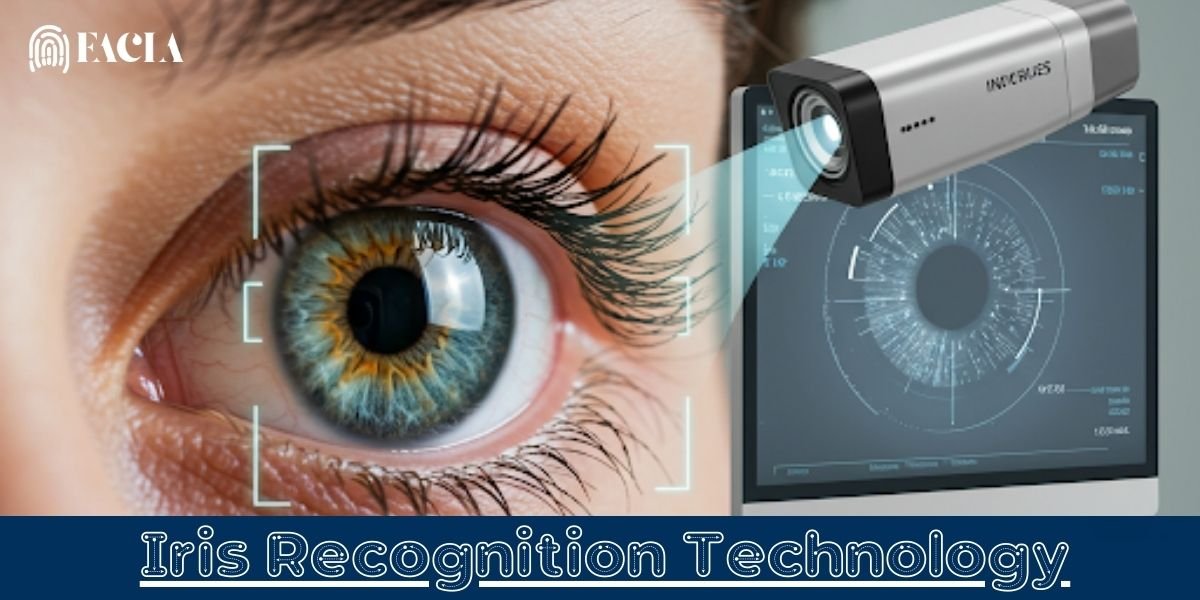Short Answer: Face Recognition, known as Face ID, was introduced by Apple on September 12, 2017, at a special event. It officially became available to users on November 3, 2017, with the release of the iPhone X.
Face ID was a huge leap forward in how we interact with our phones. Here’s a deeper dive into its arrival on the iPhone:
The iPhone X and the Dawn of Face ID
- September 12, 2017: Apple held its special event to unveil the iPhone X. This phone was a radical departure from previous iPhones, most notably ditching the Home button that had been a staple since the very first iPhone.
- November 3, 2017: The iPhone X officially went on sale, bringing Face ID to the masses. It was a bold move by Apple, placing a lot of faith in this new Technology.
Why Face ID Was a Big Deal
- Enhanced Security: Face ID was designed to be significantly more secure than Touch ID. Apple claimed it had a one-in-a-million chance of someone else’s face unlocking your phone, compared to one in 50,000 for fingerprints.
- Seamless User Experience: Unlocking your phone by simply looking at it felt futuristic and incredibly convenient. It streamlined the process of accessing your device, making it quicker and more intuitive.
- Foundation for Future Features: Face ID paved the way for other features like Animoji and Memoji, which use facial tracking to create animated characters. It also laid the groundwork for Augmented Reality (AR) applications that rely on accurate facial mapping.
How Face ID Works
- TrueDepth Camera System: At the heart of Face ID is the TrueDepth camera system, a sophisticated set of sensors packed into the notch at the top of the iPhone X’s screen.
- Dot Projector: This projects over 30,000 invisible dots onto your face, creating a detailed 3D map.
- Infrared Camera: Reads the pattern of dots, capturing an image of your face even in low-light conditions.
- Flood Illuminator: Emits invisible infrared light to illuminate your face in dark environments.
- Neural Engine: Processes the facial data using machine learning algorithms to recognize your face, even with changes in appearance like glasses or facial hair.
Face ID Today
- Improved Speed and Accuracy: Over the years, Apple has continued to refine Face ID, making it faster and more accurate with each new iPhone generation.
- Mask Unlock: In response to the COVID-19 pandemic, Apple introduced a feature that allows you to unlock your iPhone with Face ID while wearing a mask (though this is being superseded by newer technology).
- Wider Adoption: Face ID is now a standard feature on most iPhones and iPads, solidifying its place as the primary biometric authentication method for Apple devices.
Evolution of Face ID in iPhones
You’re interested in how Face ID has changed over time? That’s a great question! Here’s a look at the evolution of Face ID in iPhones:
iPhone X (2017): The Pioneer
- Groundbreaking Technology: The iPhone X introduced Face ID as a revolutionary way to unlock your phone and authenticate yourself. It was a bold move, replacing the familiar Touch ID with a new Facial Recognition System.
- TrueDepth Camera System: This initial version of Face ID relied on the TrueDepth camera system, which included a dot projector, infrared camera, and flood illuminator to create a 3D map of your face.
- Initial Challenges: While innovative, the first-generation Face ID had some limitations. It could be a bit slow at times, and some users experienced difficulties with certain angles or lighting conditions.
iPhone XS and XR (2018): Speed and Efficiency
- Faster Neural Engine: Apple introduced the A12 Bionic chip in the iPhone XS and XR, which included a faster Neural Engine. This significantly improved the speed and efficiency of Face ID, making it quicker and more reliable.
- Enhanced Performance: Face ID on these models was noticeably faster at recognizing faces, making the unlocking process smoother and more seamless.
iPhone 11 Series (2019): Wider Angle and Improved Performance
- Improved Camera: The iPhone 11 series featured an upgraded TrueDepth camera system with a wider-angle lens. This allowed Face ID to recognize your face from a greater range of angles, making it more convenient to unlock your phone.
- Further Optimizations: Apple continued to fine-tune the software and algorithms behind Face ID, resulting in even better performance and accuracy.
iPhone 12 Series (2020): Mask Unlock (Initial Approach)
- Mask Compatibility: In response to the COVID-19 pandemic, Apple introduced a feature that allowed users to unlock their iPhone 12 with Face ID while wearing a mask. This initially involved detecting the presence of a mask and then relying on a partial facial scan to identify the user.
- Limitations: This initial mask unlock solution wasn’t as seamless as regular Face ID and required some adjustments in how the feature was set up.
iPhone 13 Series (2021): Smaller Notch and Refinements
- Smaller Notch: The iPhone 13 series featured a smaller notch at the top of the screen, which housed the TrueDepth camera system. This was a visual improvement, making the display feel more immersive.
- Continued Refinements: Apple continued to optimize Face ID performance, making it even faster and more reliable.
iPhone 14 Series (2022) and Beyond: Focus on Speed and Security
- Continued Improvements: While there haven’t been major overhauls to the Face ID system in recent iPhone models, Apple continues to refine the technology. The focus is on improving speed, accuracy, and security.
- Seamless Integration: Face ID is now seamlessly integrated into the iPhone experience, used not just for unlocking the device but also for Apple Pay, app logins, and other secure tasks.
iPhone 15 Series (2023): Dynamic Island and Face ID
- Dynamic Island Integration: The iPhone 15 series, starting with the iPhone 14 Pro models, introduced the Dynamic Island, a pill-shaped area at the top of the screen that replaces the notch. This new design seamlessly integrates the TrueDepth camera system, including Face ID components, within the Dynamic Island.
- Enhanced User Experience: The Dynamic Island not only houses the Face ID sensors but also provides a new way to interact with notifications, alerts, and activities. 1 This creates a more dynamic and interactive user experience.
- Continued Refinements: While the major change is the integration with the Dynamic Island, it’s likely that Apple has continued to refine the underlying Face ID technology for improved speed, accuracy, and security.
Face ID remains one of the most secure and advanced biometric authentication systems, offering high accuracy and security for unlocking devices, making payments, and accessing sensitive apps.
Read More:





